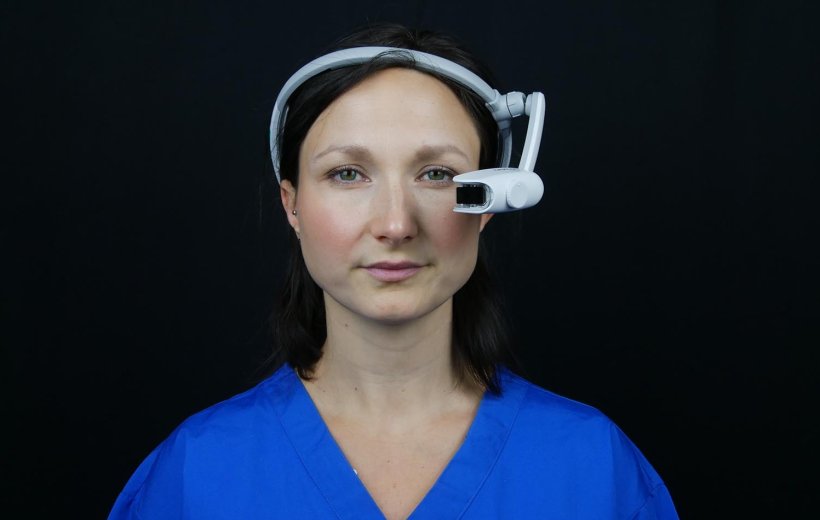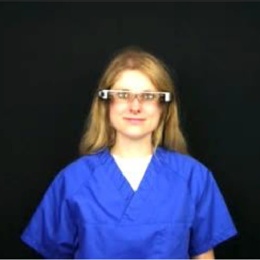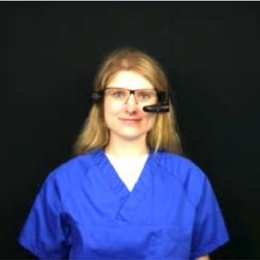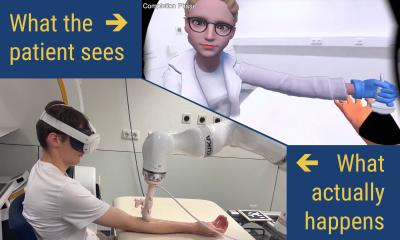
Image source: IfADo
News • Impact on patient interaction
Smartglasses in healthcare: why design matters
Smartglasses have been used in the logistics sector for some time. Increasingly, their use in the healthcare sector is also being discussed. Unlike in logistics, however, healthcare professions depend on trusting interaction with patients.
Researchers at the Leibniz Research Centre for Working Environment and Human Factors in Dortmund (IfADo) have therefore investigated how patients evaluate the wearing and use of smartglasses by nurses and doctors in hospital. The study, published in the International Journal of Human-Computer Studies, shows that the design of the glasses is most decisive for impression formation.
The development of smart glasses has taken off with digitalisation and artificial intelligence. In particular, the idea of incorporating virtual and augmented realities into everyday life has gained attention. Smart glasses are also said to be helpful in the clinical field, especially in nursing, to reduce negative work outcomes and reduce stress for nurses.
However, healthcare professions differ from other professions where smartglasses are already used in that interaction with the patient is paramount. Interaction forms the basis for a trusting relationship between the patient and the healthcare worker. So far, it is still unclear how the presence of smartglasses can affect this interaction.
The IfADo study has now examined the visual impact of different smartglasses. The researchers conclude that the design of the smart glasses is crucial for interaction work. People who wear glasses with a familiar design are judged similarly competent and trustworthy as people without glasses. In this context, larger glasses with larger headsets and displays have an impact on the assessment, while glasses that are designed more like reading glasses do not change the perception. Participants in the study not only desired an unobtrusive reading or sunglass design, but also highlighted the importance of seeing facial features such as eyes or non-verbal behaviour.
These findings suggest that before using smartglasses, not only should the user of the glasses be considered, but also the context of use and the design of the glasses. For professions where face-to-face interactions and relationships with people are central, such as healthcare, it makes sense to consider the design of smartglasses in addition to ergonomic features and functionalities. Furthermore, it may be useful for outreach to accompany the wearing and use with explanations until a wide audience is familiar with smartglasses.
Source: Leibniz Research Centre for Working Environment and Human Factors
13.07.2023
















